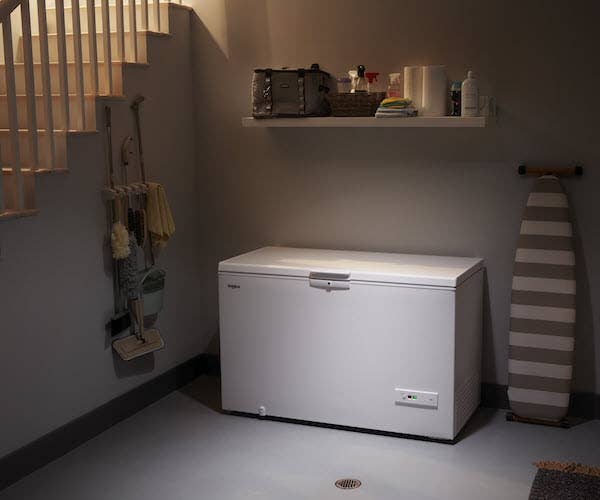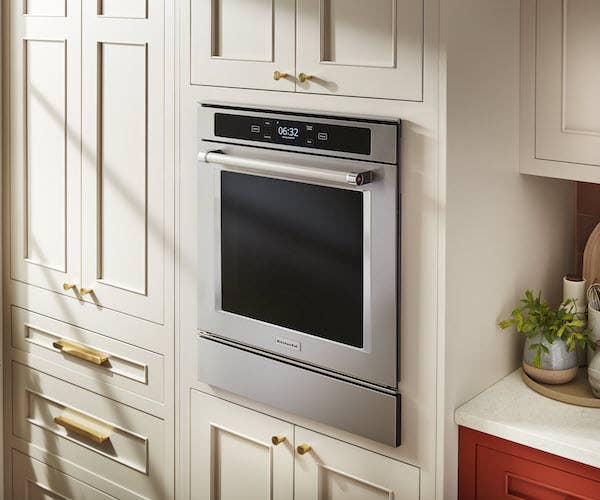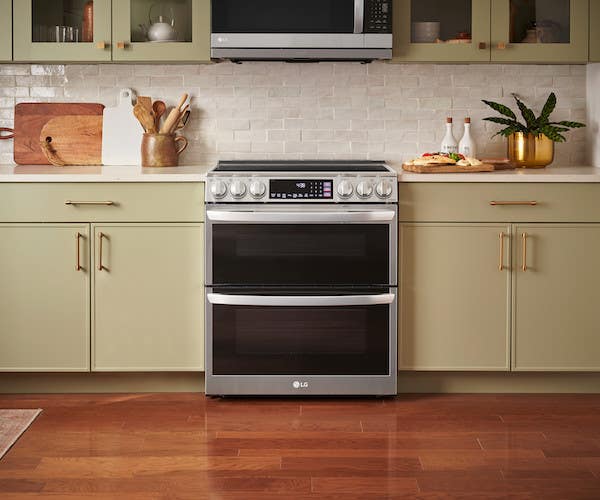

Choose your delivery area
How to properly maintain your washer-dryer
You’ve just installed your carefully selected household appliances and, of course, you want them to stay in top shape for as long as possible. Or maybe you already have laundry appliances and want to extend their life and performance by preventing damage linked to poor maintenance? Here are some priceless cleaning, usage and maintenance tips for your washer-dryer!
How frequently should laundry room appliances be maintained?
Minerals in your water at home, soap or fabric softener residue, or even dirt from your clothes can all accumulate in your laundry appliance. These factors can affect the durability and effectiveness of your washer-dryer. For this reason, regular maintenance is recommended to avoid any problems over the short or long term.
Washing machine manufacturers recommend that you clean your washer every 30 to 40 cycles and then undertake a complete maintenance two to three times a year, depending on how frequently you use your machine.
As for the dryer, the lint filter needs to be emptied after each cycle, but checking your drain pipe should be done twice a year. Complete maintenance needs to be undertaken at the same frequency as the washer.
Below you’ll find the steps needed to optimize your appliances’ lifespans.
How to clean and maintain a washing machine.


To protect a washer against mold, detergent accumulation and the risk of bad smells in its drum, regular cleaning is essential!
Over time, all washers, especially front-mounted models, are prone to mold and mildew. The best way to avoid foul odors is to wipe the appliance seals after each load and give the drum time to dry before closing the door. We even recommend leaving the door open at all times between washes.
During more complete cleaning, wipe the various parts of the washer with a cloth and soapy water, including the exterior, door, lid, gasket and the small holes inside the drum.
If you are able to remove the product compartments, do so as this makes it easier to clean them properly. If not, wipe them thoroughly with a cloth. Use a toothbrush to reach the smallest sections of drawers where dried products can accumulate over time.
Complete a visual inspection to ensure that no traces of rust are present.
Depending on your washing machine model, you may have to remove particles that have accumulated in the drain or filter to do this. The machine’s main filter must also be emptied at regular intervals in order to avoid blockages. Simply unscrew it, taking care to collect any water that comes out into a container, and then remove any deposits.
To finish cleaning your washer, add washer cleaner to the drum before starting a cycle at at least 90 degrees Celsius for proper sanitization. Ask an expert regarding the optimal recommendations for your appliances.
Top Load Washers with Agitator.
What if your model has an agitator? If your appliance has a built-in cleaning cycle, remember to use it approximately once a month or every 30 or 40 cycles.
Once the cycle is running, open the lid and insert a brush inside the agitator to thoroughly scrub away any potential deposits. Rinse generously, then let the washer do the rest of the work itself. Alternatively, you can also run a longer cycle at the hottest possible temperature.
How to clean and maintain a dryer.
For a dryer, the lint filter is the most important element. Every time you run a load, first check to see if the filter is clean and unclogged, as any lint blocking it not only increases drying time but can also cause dryer fires.
When cleaning your dryer, a brush and soapy water can help remove any particles that stick to it from week to week. While the filter is drying, vacuum the filter hole, making sure to unplug the appliance first (and turn off the gas, where applicable). And don’t forget to clean the drain hose at the back of the unit before plugging everything back in.
As for the door, the tub and the exterior surfaces of the dryer, use a cloth and soapy water, just like for your washer.
If you have any problems with clothes not drying properly or air circulation, contact a professional and ask them to clean your exterior exhaust vent.
Always read the manufacturer's instruction manual that comes with your laundry appliance. This is where you’ll find the best recommendations for your washer or dryer, especially in the case of gas appliances.
Now that your laundry room appliances are bright and shiny and smelling like roses, check out our 5 tips for cleaning your oven or our advice on how to have an eco-friendly laundry room.
If you are thinking about replacing your appliances, shop with confidence by checking out our buying guides for choosing a dryer or washer. Then all you need to do is then get in touch with one of our our experts, who will be delighted to give you all the advice you need.
Laundry day was never so easy!






